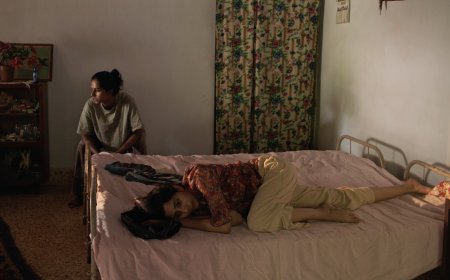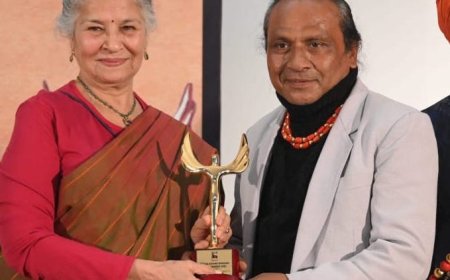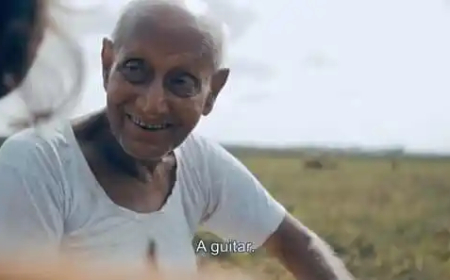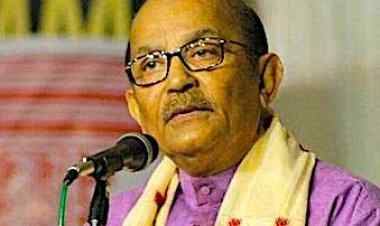Tribute to Amitabh Bachchan: DEEWAR, BLACK, KAALA PATTHAR
Shoma A. Chatterji's critique on the AMITABH BACHCHAN tribute held during the 28th KIFF on the occasion of his 80th birthday.
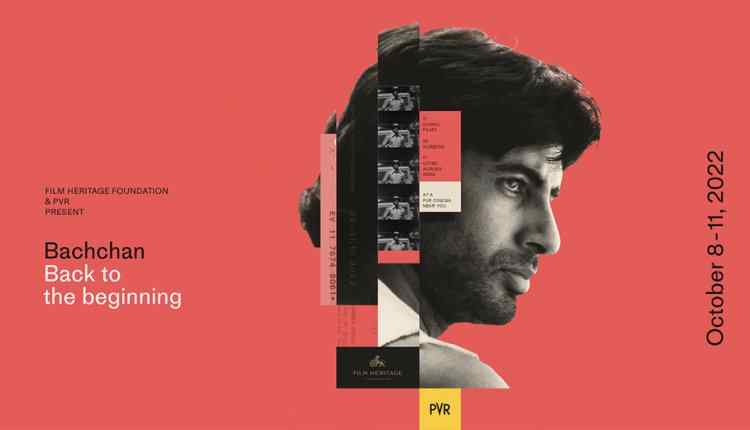
The 28th Kolkata International Film Festival has organized a tribute to Amitabh Bachchan on his 80th birthday. However, just three films out of his countless number of films was a very challenging task for the selectors. The films chosen are Deewar (1975), Kaala Patthar (1979) and Black (2005) which just touches the surface of his massive number of films that trace his masterful evolution through Indian cinema, making history of sorts.
Why? Why two films directed by Yash Chopra and none by Hrishikesh Mukherjee Alaap? Why not the Tinnu Anand- directed Main Azaad Hoon, inspired by the famous classic Meeting John Doe? Why not Paa directed by R. Balki, in which he portrays a rare character who ages and dies while young as he is born as a patient of Progeria? Or Cheeni Kum also directed by Balki? Why not Chupke Chupke which throws up his potential for the comic? As a consolation prize however, the Hrishikesh Mukherjee centenary tribute comprised of eight films does include other classic films like Abhimaan, Anand and Bemisal but I have serious problems with Chopra’s Kaala Patthar which did not do well commercially and was not really a well-made film that lives up to the Yash Chopra label.
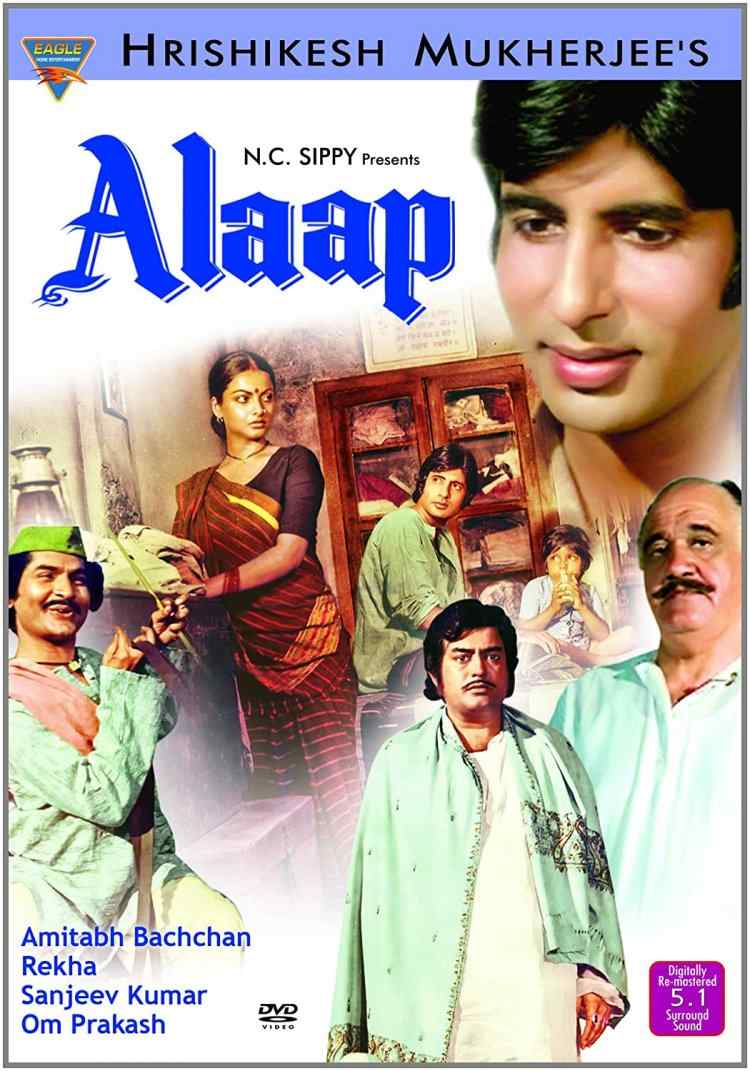
Image Courtesy: Film Heritage Foundation
Alaap is one of the most emotionally rich portraitures of the conflict between a rich advocate and dominating father Triloki Prasad (Om Prakash) and his younger son Alok (Amitabh Bachchan) who is passionate about a dedicated career in Hindustani classical music. His father wants him to join the family business. But Alok prefers to pull a tonga and music for livelihood over joining his father’s practice. He leaves his father’s abode and finds life extremely difficult with only music as his means of survival. Om Prakash and Amitabh Bachchan are perfectly matched as father and son walking in diametrically opposite directions but hating it all the time.
Directed by Tinnu Anand, Main Azaad Hoon is an Indianised, updated adaptation of Franc Capra’s Gary Cooper-starrer Meet John Doe which gave birth to the phrase “John Doe” used when the name of a possible culprit is not identified. Amitabh’s character does not have a name right through the film. He is christened “Azaad” by an ambitious journalist Subhashini (Shabana Azmi) who finds the gem of a column for her newspaper bylined by the common man “Azaad.” The column becomes an overnight hit and the mass readership demands a meeting with Azaad not knowing that he does not exist except as a fake name in a faked newspaper column. But he wins them over with his common-sense homilies.
Amitabh plays a penniless drifter who does not know what hit him when he finds that everyone wants to meet and hear him on a public platform. He has a friend (Annu Kapoor) equally in the doldrums who warns him not to listen to Subhashini but he does not and launches himself into a future he never bargained for. He gets involved in the problems of the place such as the village where drinking water is highly polluted, where workers in the local sugar mill are ruthlessly exploited, where student demonstrations are nipped in the bud by the dictatorial Establishment, where student power can be harnessed for sound social causes and where change can be effected if the people unite and act.
Despite his illustrious family background, Bachchan rose from super commercial flops like Pehli Nazar and Bansi Aur Birju. He was hardly noticed in Sunil Dutt’s Reshma Aur Shera. But those who saw K.A. Abbas’s Saat Hindustani will remember the lanky guy with those mesmerising eyes who crawled across the wire fence to be shot down. Not to give up the fight, the tall, dark and not-at-all handsome young man with the golden honey voice continued the uphill climb till Prakash Mehra picked him up for Zanzeer that began the Bachchan image of the angry-young-man-turned-underdog.
Amitabh Bachchan with his image of the convoluted, intense, silent and seething anti-hero changed the image of the hero in Hindi mainstream cinema. Interestingly, three top heroes stepped away from the film – Dharmendra, Dev Anand and Raaj Kumar – citing different reasons. Pran suggested Bachchan and asked Prakash Mehra to watch Bombay to Goa. A new history began to get written with a new hero – Amitabh Bachchan. Zanzeer changed the face of the mainstream cop. For the first time, the angry young man in police uniform strode across the screen, holding the audience in thrall with his unsmiling visage, clenched teeth and eager-to-hit fists. His anger arose from a lonely, orphaned childhood thrust on him by the villain who killed his parents as he, a little boy, watched from a hide-out. His methods were unorthodox, both when placed within the police force, as well as against the backdrop of the Hindi cinema’s policeman stereotype.
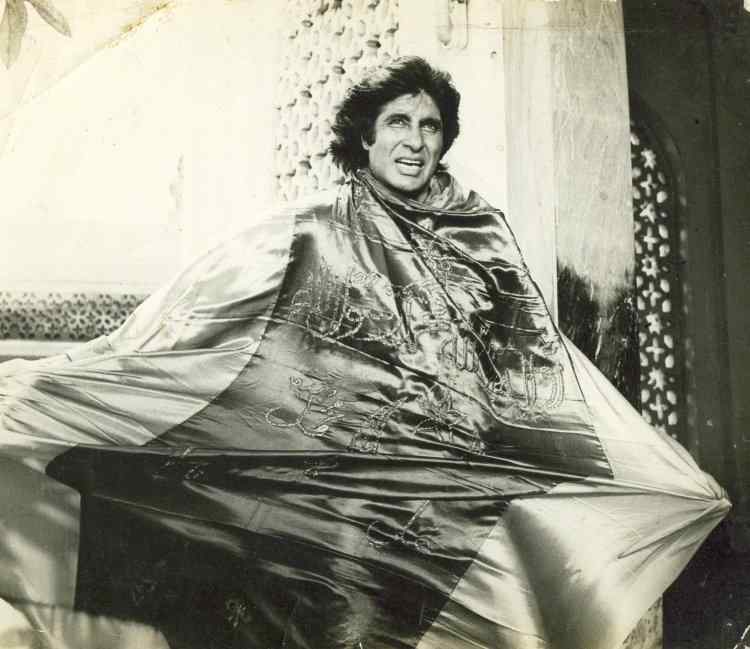
Image courtesy: Film Heritage Foundation
Bachchan’s characters ranged from Vijay Verma who moves from underdog to underworld kingpin in Deewar, through the illegitimate son shunned by society in Trishul and Lawaaris or the vengeful Vijay Dinanath Chauhan of Agneepath to the wronged orphan in Muqaddar Ka Sikanda. The heroes are celluloid underdogs battling odds, crying for dignity and even dying in the process. Yash Chopra’s Deewar made the term ‘underdog’ synonymous with Amitabh Bachchan’s screen name in the film, Vijay. Danny Boyle reportedly carried over the influence of Deewar in Slumdog Millionnaire. Amitabh Bachchan, in a fictionalised characterisation drawn from the real life story of Haji Mastaan, an underworld don, stood the conventional image of the Hindi film hero on its head.
“I never ever thought of becoming an actor. My earliest dreams were targeted either at the army or appearing for the IAS. I began to work directly after college just to start earning. I worked in shipping for some time and then in advertising in Calcutta. Another dream I cherish was to become a journalist. I look upon journalism as a very creating and challenging vocation. One is addressing millions of readers through a single report. The journalist’s point of view would become the point of view of his millions of readers. The journalist I feel is a very important person.” This is a direct quote from an interview this writer took in November 2014 when the actor was in Kolkata.
Since the 1970s, the images of the hero have blurred to a point where sometimes, it is impossible to place markers, save for the star-image the hero defines. With the rise of the Amitabh Bachchan persona, the hero has evolved into a product of his environment. His shifting principles – from honesty to dishonesty (Deewar), from innocence and naiveté to negative wisdom (Adaalat), from forthrightness to brutality (Lawaaris to Muqaddar ka Sikandar) are in keeping with the decaying morals and eroding values of an increasingly corrupt society. The hero as projected, popularised and perpetuated by the Bachchan persona is neither a Ram, nor a Ravan nor a Devdas. He is the unique symbol of kitsch, Indianised Rambo or Eraser or Terminator, the unique member of a species of humanity where industrialization and modernization underline the existence of man as a consumer, and also as a destroyer of values and of fellow men. This hero is a machine created by his predecessors and is no longer the creator who, all by himself, manipulates the cinema-machine and the audience-psyche. But the mellowed Bachchan in Piku, Pink, is really different. You can try his films to find out.
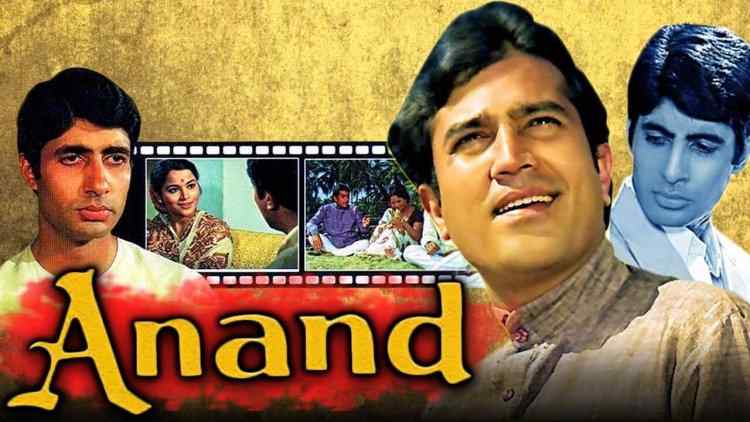
Image Courtesy: Film Heritage Foundation
***
About the author: Dr. Shoma A. Chatterji is an Indian film scholar and author based in Kolkata
What's Your Reaction?







